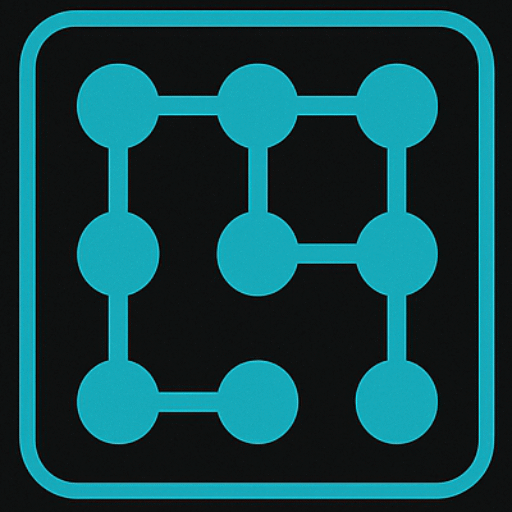How to Inter-convert Numbers in Powers of 2?
In this section, we focus on binary, octal, and hexadecimal number systems—all built on powers of \(\mathsf{2}\). Our main goal is to actively explore how to convert between binary and these related systems. To make this process efficient and consistent, we rely on a clear set of general rules that guide each conversion step.
How to Convert from Binary to Another Base?
- Converting from Binary (Base-2) to Another Base:
- Determine the power to which 2 must be raised to reach the target base. For example:
- For octal (base-8), \(\mathsf{2^3=8}\), so group bits in sets of \(\mathsf{3}\).
- For hexadecimal (base-16), \(\mathsf{2^4=16}\), so group bits in sets of \(\mathsf{4}\).
- Start grouping from the binary point:
- Group bits to the left of the binary point moving outward.
- Group bits to the right of the binary point moving outward.
- Pad with zeros if needed:
- If a group has fewer than the required number of bits, add zeros to complete it.
- Pad on the left for the whole part, and on the right for the fractional part.
- Convert each group:
- Replace each binary group with its equivalent digit in the target base.
- Determine the power to which 2 must be raised to reach the target base. For example:
How to Convert to Binary from Another Base?
- Converting to Binary (Base-2) from Another Base:
- Determine the power to which 2 must be raised to reach the target base. For example:
- For octal (base-8), \(\mathsf{2^3=8}\), so group bits in sets of \(\mathsf{3}\).
- For hexadecimal (base-16), \(\mathsf{2^4=16}\), so group bits in sets of \(\mathsf{4}\).
- Break the number into individual digits:
- Separate the whole part and the fractional part if there’s a radix point.
- Treat each digit independently.
- Convert each digit to binary:
- Replace each digit with its binary equivalent using the appropriate number of bits.
- Convert each group:
- Join all the binary groups together to form the full binary number.
- Keep the binary point in the same position as in the original number.
- Determine the power to which 2 must be raised to reach the target base. For example:
Let’s dive into the most commonly used number system conversions in digital design and computer architecture, all rooted in powers of \(\mathsf{2}\). We’ll focus on the following essential transformations:
- Binary to octal conversion.
- Binary to hexadecimal conversion.
- Octal to binary conversion.
- Hexadecimal to binary conversion.
These conversions are not only frequent but also foundational, thanks to how efficiently octal and hexadecimal compress binary data while maintaining exact representations. Mastering these transitions equips you with the precision and fluency needed in real-world computational contexts. Let’s walk through each type with clarity and confidence.
